NOTE: The Ocean Week in Review is a free publication. We enjoy collating and distributing this critical tool free of charge. If you are able to contribute to the cost of production, please help. Every donation is appreciated! THANK YOU!
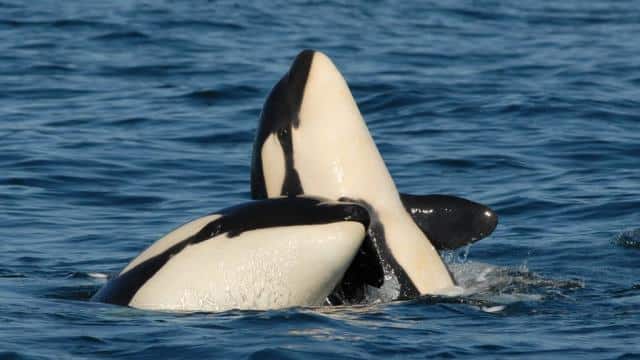
1. Orca mothers make ‘lifelong sacrifice’ for sons
A study of orcas in the North Pacific has revealed that mothers make a “lifelong sacrifice” for their sons.
It may seem paradoxical that such powerful, intelligent animals remain dependent on their mothers through their lives, but it appears that males simply don’t have to become independent, because their mother remains by their side.
Rearing a son significantly reduced a female killer whale’s chance of reproducing in the future. The energy they need to feed sons appears to compromise their health, leaving them less able to reproduce and raise other young.
“Mothers sacrifice their own food and their own energy,” said Prof Darren Croft from the University of Exeter.
Thank you for your generous gift that will help us continue the production of this weekly, free publication
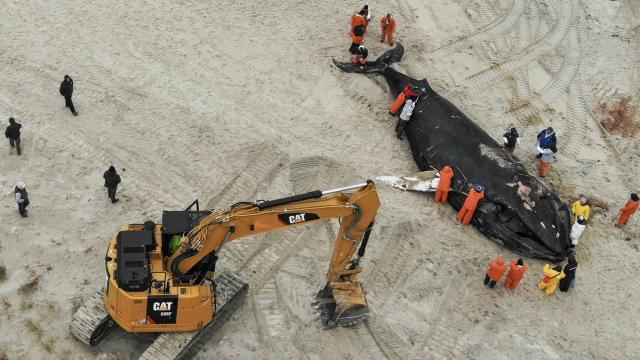
2. Humpback Whale Washed Ashore at Lido Beach
Luna, a humpback whale that has been tracked various times for decades by marine biologists, was discovered dead on Long Island, New York at Lido Beach West Town Park. A necropsy team gathered last Tuesday to collect samples of the whale’s internal organs. Additionally, the whale’s level of decomposition indicated that it died several days before washing ashore, contradicting previous reports that the animal beached itself while still alive.
Officials believe the whale was killed by a vessel strike but more will be known once the results of the samples are available. The fact that this does not appear to be an isolated incident raises concern. The National Oceanic and Atmospheric Administration report that 19 humpback whales were found stranded along the U.S. Atlantic coast last year and that in the first month of this year, seven whales have been beached from Maine to Florida.
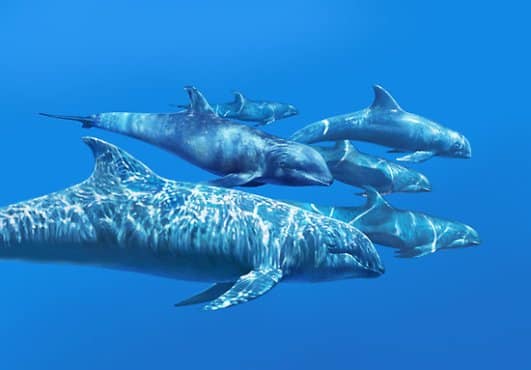
3. New Virus Among Whales and Dolphins Across the Pacific
The beaked whale circovirus (BWCV), which could be fatal to whales and dolphins, was recently discovered by researchers at the University of Hawai’i Health and Stranding Lab. Their research found that the virus has spread across the Central and Western Pacific and that most of the whales and dolphins infected came from the Hawaiian Islands. It was also found that it may have a global presence in marine mammals, however, more research is needed to determine what kind of impact BWCV may have on infected hosts.
“We need to understand the causes of mortality and the threats that Hawai’i’s dolphins and whales face to better protect these species,” said Kristi West, director of the UH Health and Stranding Lab. “Many of Hawai’i’s dolphins and whales are residents of small island-associated populations where a disease outbreak that causes severe illness and mortality can have devastating effects.”

4. Costa Rica, Called Out for its Multiple Fishing Violations
An international coalition of 18 Marine Conservation Organizations (MCOs) has presented evidence to the National Marine Fisheries Service (NMFS) and to the office of International Affairs, Trade, and Commerce (IATC) that Costa Rica is violating international and US fishing laws, threatening with it, populations of sharks, turtles, and other endangered species. The NMFS had also identified Costa Rica as an IUU nation in its 2021 Congressional Report, citing unsustainable fishing problems that the country still has not resolved.
“Costa Rica has promoted and banked on its green reputation for years, but when it comes to the ocean, it is the wild west offshore, and the country certainly isn’t blue. We all know that without protections in the blue… there is no green.” says Brock Cahill, Director of The SeaChange Agency

5. Good Fisheries Management will Help Recover Shark and Ray Population
According to new research, carefully managed fisheries can help dwindling shark and ray populations recover. The research examined trends in fishing pressure, fisheries management, and population status of 26 shark and ray species over several decades and found that after the United States implemented a management plan in 1993, some shark populations in the northwest Atlantic recovered, whereas shark populations in areas with insufficient management often declined.
According to Luke Warwick, director of shark and ray conservation at the Wildlife Conservation Society, these findings are ‘encouraging’ but also raise another issue- effective fisheries management seems to be limited only to wealthy nations like the United States and Australia. This is a problem because most shark and ray populations in decline are located mainly in the global tropics and in resource-poor countries where the type of management needed won’t be easily achieved.

6. Scientists discover fantastical creatures deep in the Indian Ocean
“The bottom of the ocean is a tremendously inhospitable place to live. It’s dark, it’s cold, and the pressure is fierce. But the creatures that have evolved to live there are wondrous.”
Yi-Kai Tea recently returned from a 35-day expedition aboard the RV Investigator, a research vessel operated by the Australian government’s science agency CSIRO, to explore the deep seas surrounding a new marine park in the Indian Ocean.
Led by the Museums Victoria Research Institute, dozens of scientists mapped the ocean floor of Cocos (Keeling) Islands Marine Park. Using nets dropped to as deep as six kilometers, they gathered thousands of specimens, ranging from the adorable deep-sea batfish to the terrifying high fin lizardfish to the unfortunately named bony-eared assfish.
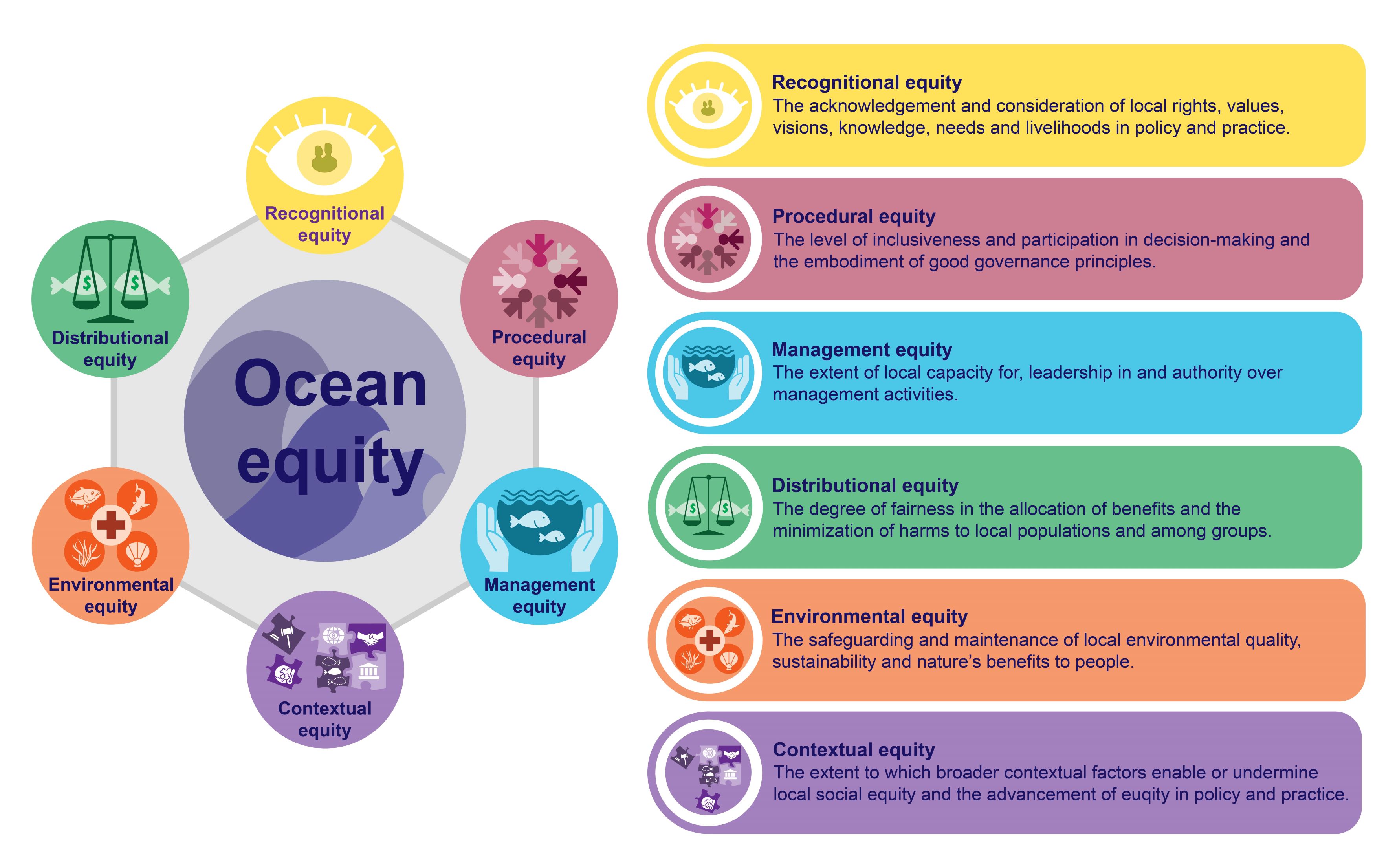
7. IUCN Creates Model Which Includes Stakeholders in Future Conservation policy creation
Past marine conservation practices were developed without considering justice, equity, diversity, and inclusion. Humans were viewed as separate from nature. The knowledge of Indigenous and small-scale fishers was often dismissed. And Indigenous Peoples and Local Communities (IPLCs), who had rights to and relied on areas for food security and livelihoods, were left out of decisions that directly impacted them.
A different approach to marine conservation is possible and within reach. In the coming quadrennium, the IUCN Commission on Environmental, Economic and Social Policy (CEESP) is focusing on “Reimagining Conservation”.

8. High Seas Biodiversity Treaty – Could Be Re-examined at Upcoming Canadian Conference
Canadian politicians are expected to make a significant announcement on ocean protection during an international conference in Vancouver on how to take action on promises to protect the marine world made at recent global environment meetings.
Delegates are also likely to call on governments to finally complete the High Seas Biodiversity Treaty, an ongoing global negotiation that aims to set some basic rules for the sustainable use of ocean resources from fisheries to minerals.
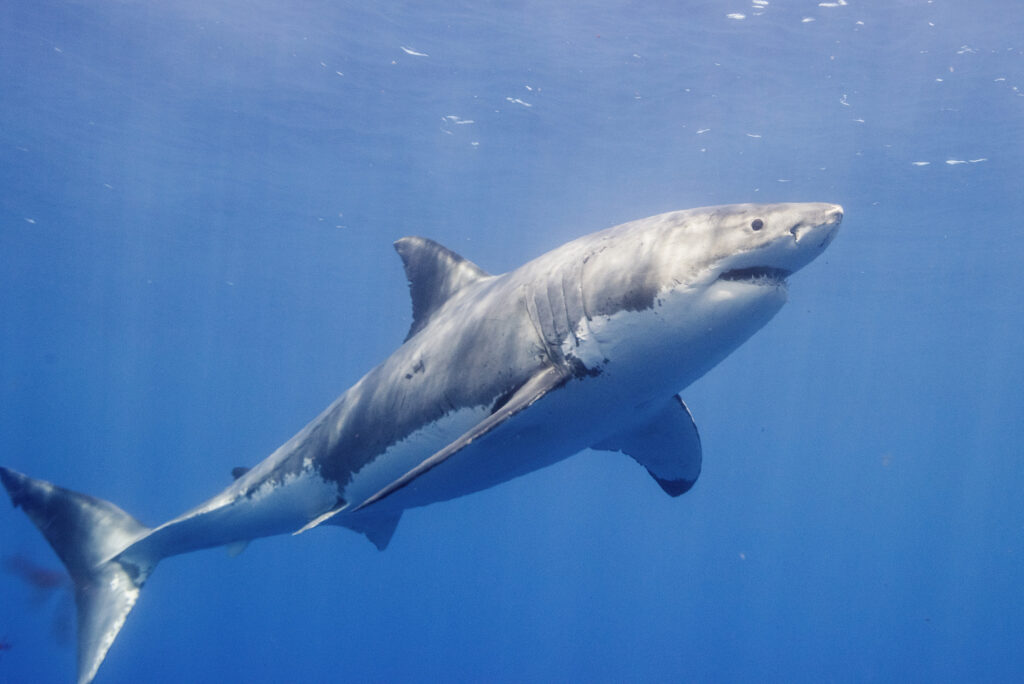
9. Multiple great white sharks off the coast of the Carolinas: Here’s why
Shark-tracking website OCEARCH is showing a fair amount of activity off the coast of the Carolinas and it involves a famous – or infamous – species that most people have heard of.
Strewn along the coasts of both North and South Carolina are multiple Great White sharks that are being actively tracked. One, an 8-foot-8-inch, 396-pound juvenile female named Gladee, even appears to be heading straight toward Myrtle Beach.
In December, OCEARCH published a paper in the scientific journal “Frontiers in Marine Science” that essentially explains that of the 48 white sharks tagged along the United States and Canadian Atlantic Coast, there is quite a few that head for the Carolinas – and even further South – to wait out the cold winter.
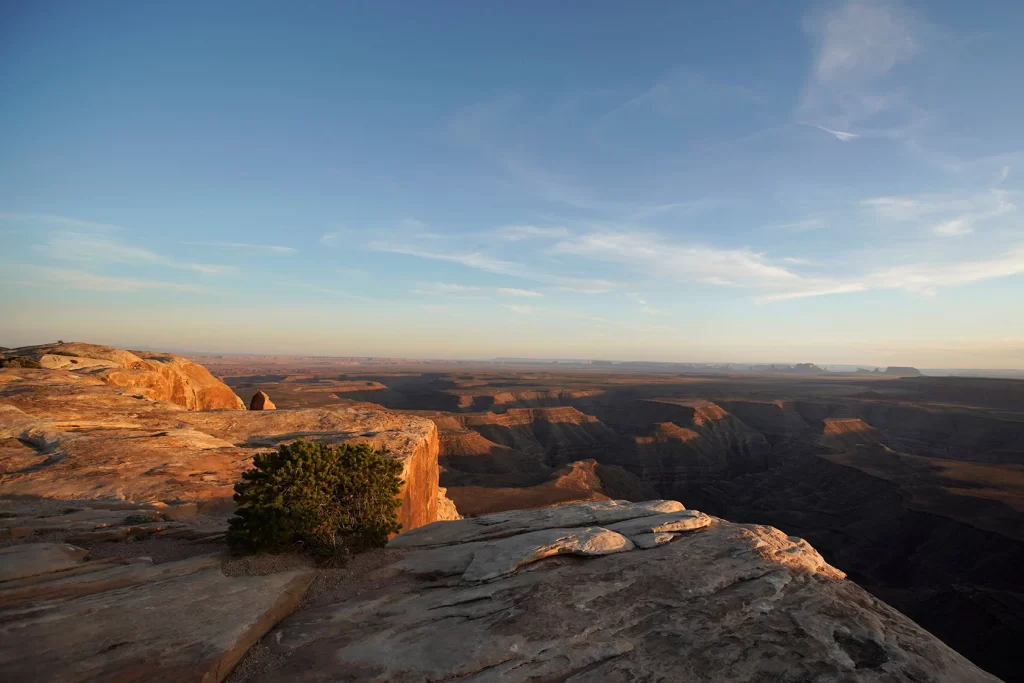
10. Why Conserving 30×30 Is More Than a Numbers Game
The 30×30 goal—which was also adopted in December 2022 by 196 nations as a global target for conservation—represents a historic and bold commitment. Two years into this national mission, conservation leaders cannot let the 30×30 goal devolve into a lengthy and divisive debate about measurement.
By nearly every metric, the United States needs more high-quality conservation and stewardship of its lands, waters, and ocean. In 2023, President Biden must prioritize work with communities—particularly those underrepresented in the conservation movement in the 20th century—to conserve areas of historic, cultural, and ecological importance; improve management of existing protected areas; and enhance access to nature for all people.
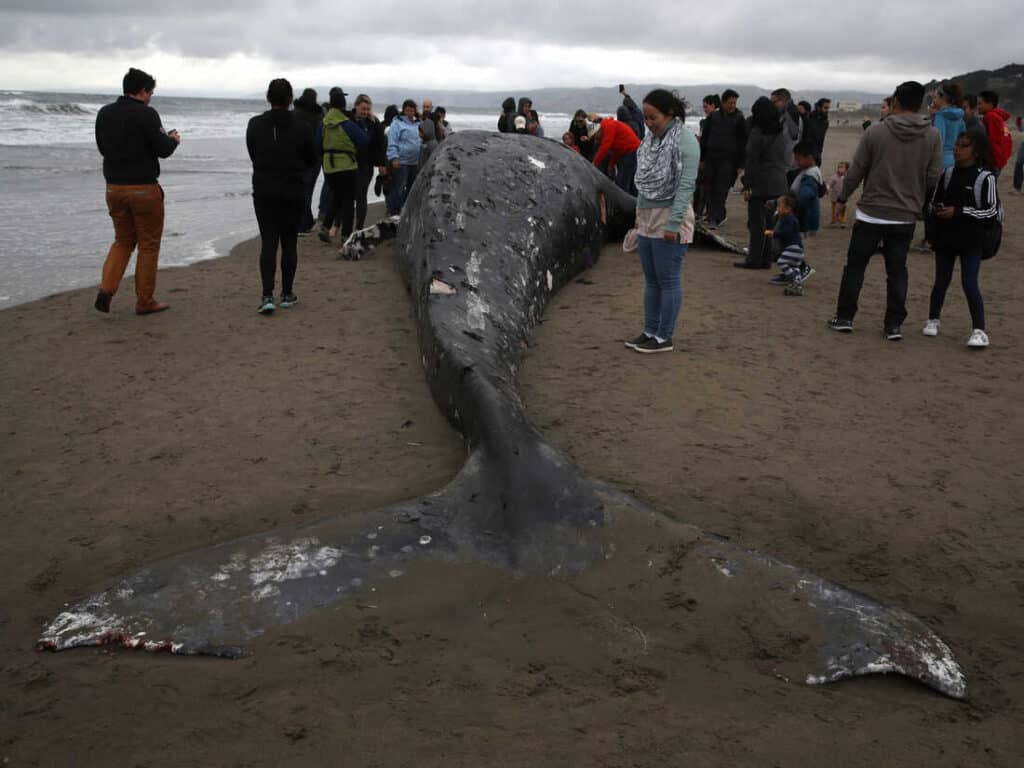
11. More whales are dying, marine conservation groups are concerned
Whales have washed up on our shores for many years at different rates, but researchers like Robert DiGiovanni, says this rate is increasing which has sparked an investigation.
“NOAA brings together researchers from all over the country and examines different parts and try to understand what might be going on with these animals,” said DiGiovanni.
According to NOAA, these unusual deaths are important because they can serve as indicators of what’s happening in the ocean.
.
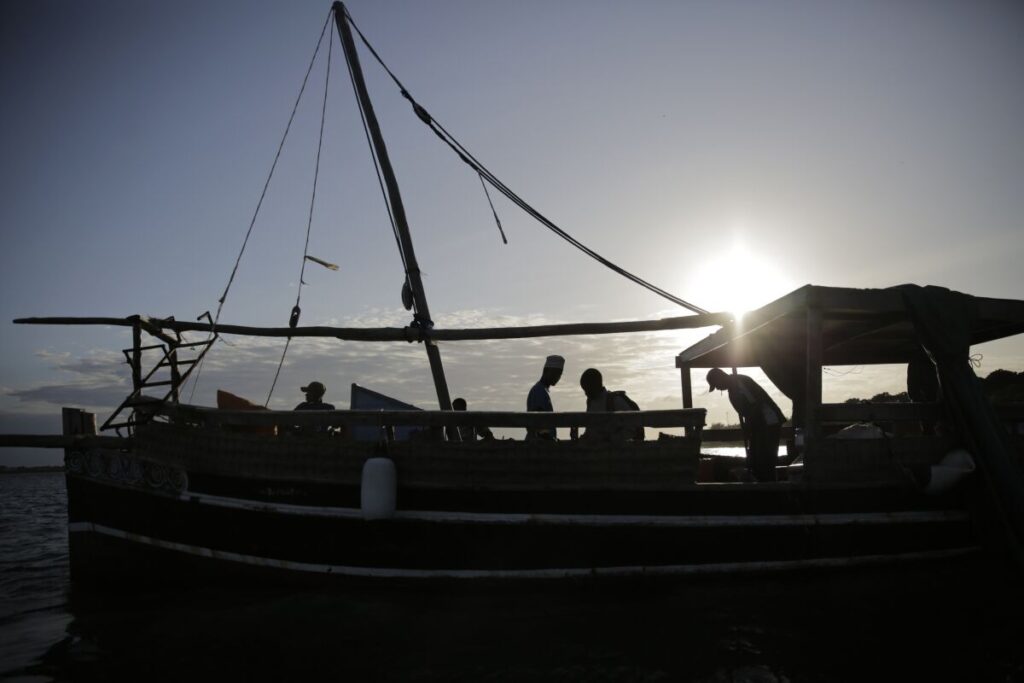
12. Indian Ocean species caught between local, EU interests
Indian Ocean countries who want better safeguards for marine life by updating fishing quotas and restricting harmful catch methods are being resisted by the European Union which has interests in the region, conservation groups say.
Officials are gathering in Mombasa, Kenya on Friday for a meeting of the Indian Ocean Tuna Commission — a group of 30 countries who regulate and manage the ocean’s tuna. India plans to propose to eliminate the use of high-tech devices to scoop vast amounts of marine life and Kenya wants a limit on the devices and more transparency on tuna fisheries.
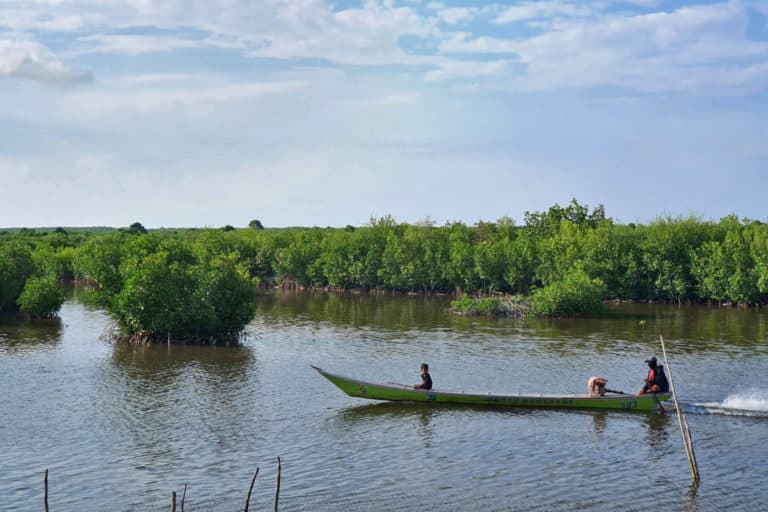
13. Indonesia opens its ‘ocean account’ for sustainable marine management
The Indonesian government is designing a new scheme to measure the long-term benefits provided by the country’s marine and coastal ecosystems.
The mechanism, known as ocean accounting and in development since 2021, is part of the Indonesian Ministry of Marine Affairs and Fisheries’ wider efforts to promote sustainable marine management.
Proponents say it will allow managers to estimate the monetary value of marine resources, ecosystem services, and degradation trends over a given period of time. The ocean accounting system will serve as the standard indicator for the government in policymaking and zoning regarding Indonesia’s fisheries, conservation areas, and marine essential ecosystems such as seagrass meadows, mangrove forests, and coral reefs.

14. Mexico bans ‘shark tourism’ at great white hotspot
Guadalupe Island off the coast of Baja California is a hotspot for great white sharks, with cage diving, sport fishing and “shark watching” from pleasure boats among the activities on offer in the area.
Now, though, the Mexican government has opted to block shark-related activities and protect the sharks within the Isla Guadalupe Biosphere Reserve, which includes the island, according to reporting from CNN affiliate TV Azteca.
This decision effectively ends the once-busy Guadalupe Island tourism economy and impacts tour and charter companies that offer expeditions to the area, many of which are based in San Diego, California, just north of the border.
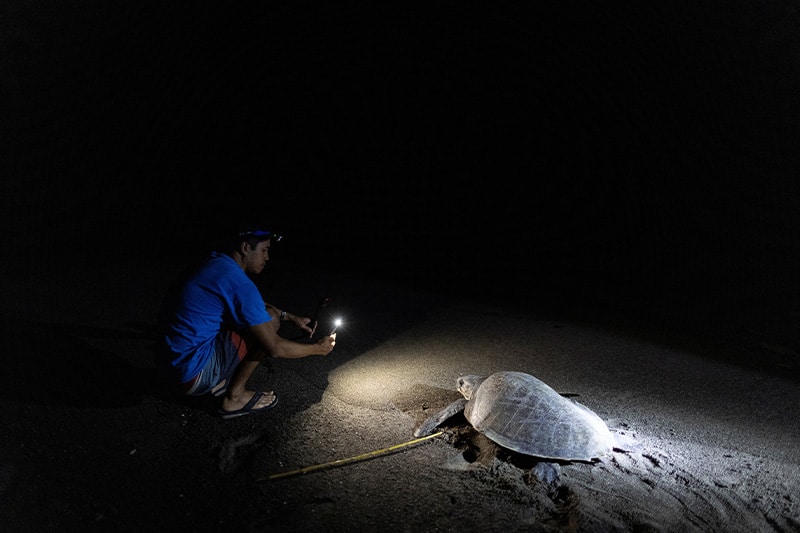
15. Love of sea turtles turns Philippine poachers into protectors
A conservation effort established in 2009 has transformed sea turtle poachers into allies, offering incentives and training to help save thousands of turtles and keep their eggs from ending up in markets and on plates.




